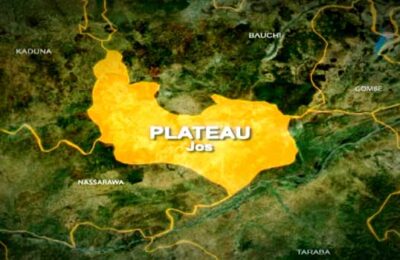No fewer than 1,373,699 people were affected by the flood disaster that ravaged 34 states of the Federation in 2024, with 740,734 displaced and 321 recorded fatalities.
The Director General of the National Emergency Management Agency (NEMA), Mrs. Zubaida Umar, disclosed this on Thursday in Abuja during the high-level national workshop on disaster risk financing, organized by NEMA in conjunction with Africa-Re Capacity. She expressed grave concern over the myriad of challenges associated with risk transfer in Nigeria and many other countries.
While noting that the uptake of insurance and other risk transfer mechanisms is limited, the NEMA boss solicited the support of experts from government and development partners, the insurance industry, disaster managers, academia, and the media to address the challenges that limit the uptake of risk transfer mechanisms.
Mrs. Umar, who acknowledged the importance of the stakeholders’ vast experience and expertise in mainstreaming insurance as a veritable tool for disaster recovery and sustainable development in Nigeria, pledged the Agency’s readiness to “avail the insurance industry our damage and loss assessment reports, including historic data on disaster losses across Nigeria, to help drive this laudable risk transfer initiative.”
The NEMA helmswoman, who recognized that Nigeria, like many other countries, is impacted by both natural and human-induced disasters with attendant loss of lives, human displacement, destruction of livelihoods, and widespread environmental dislocation, lamented that: “The growing intensity and frequency of disasters in Nigeria have become quite significant and alarming, escalating the country’s risk profile and humanitarian dashboard.”
“Annual floods, windstorms, ocean surges, recurrent fire outbreaks, building collapses, boat mishaps, insurgency, and resource-based conflicts, among others, have compelled governments at all levels to invest huge resources in emergency relief and post-disaster recovery interventions. Over the years, the government has committed large amounts of funds toward emergency relief and recovery interventions for people impacted by both sudden-onset and protracted disaster events.”
“During the 2024 rainy season, the incident dashboard of the NEMA Emergency Operations Centre (EOC) indicated that 217 Local Government Areas in 34 states of Nigeria were affected by the flood disaster. A total of 1,373,699 people were affected by the floods, while 740,734 were displaced, in addition to 321 recorded fatalities.”
“Furthermore, a record 2,854 people suffered various degrees of injury, with thousands of hectares of cultivated farmlands either washed away or completely inundated by floodwaters. In Nigeria, the situation has become more complex with the protracted insurgency, banditry, and communal conflicts in some states of the Federation.”
“This has made it imperative for NEMA to explore risk financing options that will guarantee early recovery and business continuity in the aftermath of socio-economic dislocations caused by disasters.”
“It is our firm belief that this paradigm shift has become more imperative in the face of dwindling resources for disaster recovery, alongside other equally important and competing demands on the government.”
“To facilitate today’s national workshop, we held a series of meetings with the African Reinsurance Corporation (Africa Re), the UNDP, and other partners to explore and highlight risk financing as a critical component of disaster risk reduction.”
“By transferring risk, individuals, businesses, and governments can reduce their financial exposure to disasters. Risk transfer guarantees the availability of resources for early recovery and building back better in line with the Nigeria National Disaster Recovery Plan (NDRP) and Priority 4 of the Sendai Framework for Disaster Risk Reduction (2015-2030).”







